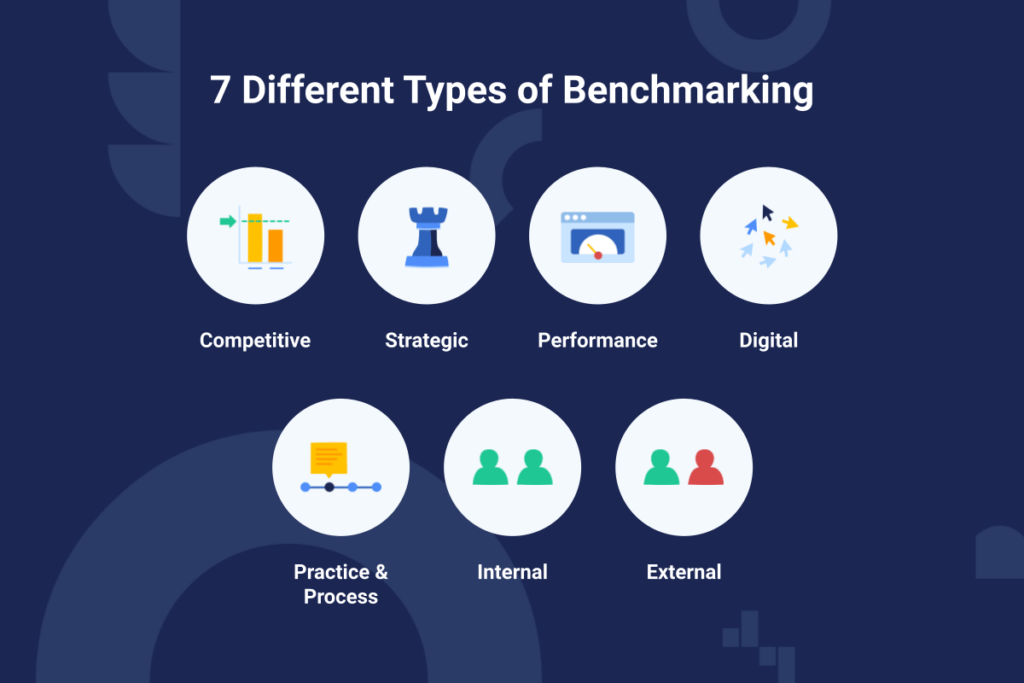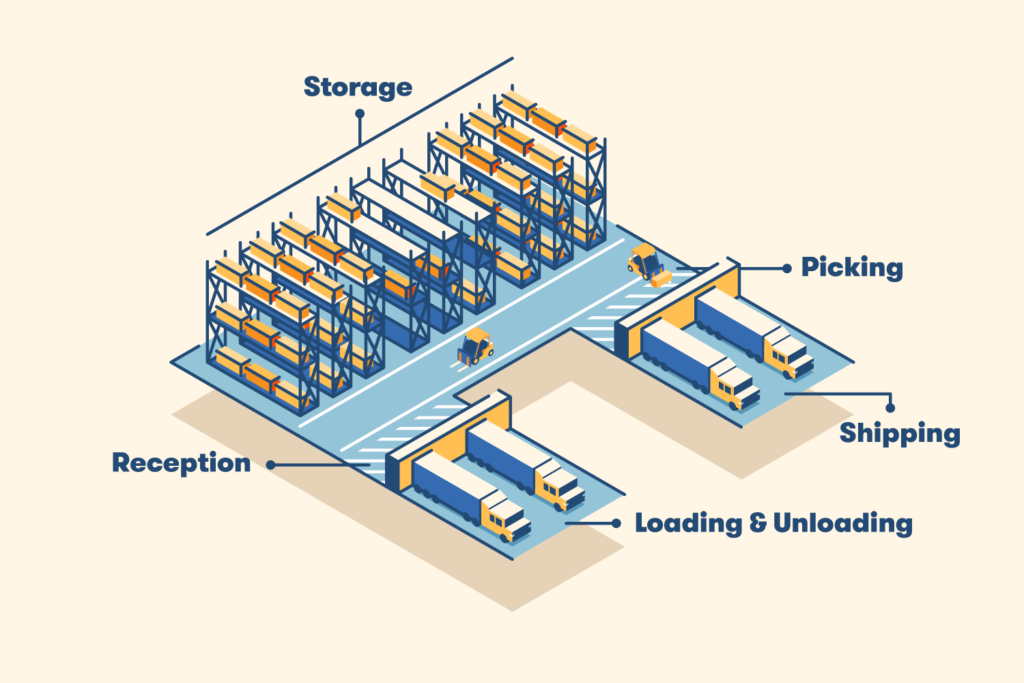Turnaround Time and Workflow Automation
When you start a process, any process, how long does it take you to complete that process? From beginning to end, this duration is called the “turnaround time”. In
When you start a process, any process, how long does it take you to complete that process? From beginning to end, this duration is called the “turnaround time”. In warehouse logistics, turnaround time refers to the time from receiving a fulfilment order to when the order has been fulfilled.
Why Does Turnaround Time Matter?
In any setting, turnaround time equals money. The less turnaround time you have, the more potential profit you can make. In shipping, for example, the faster you complete deliveries, the more deliveries you make, and the more you profit.
Poor logistics planning can give you excessive turnaround time, increased expenditures, lack of customer retention, and wastage of delivery efforts. Supply chain operations productivity hinges on 3 coordinated functions –
- Your workforce
- Your customers and orders
- Your inventory
These three elements lead to multiple functions and interactions in a highly complex multi-hub supply chain. An improvement of just 1% in terms of efficiency in picking or packing can have a huge ripple effect that positively impacts your entire process.
How Can You Improve Your Turnaround Time?
Measure your performance
Before you start to increase efficiency, it is crucial to understand where you stand. If you haven’t already, establish and track KPIs through your supply chain and pay close attention to the performance in each warehouse. Identify where your issues lie and work with your labour teams to eliminate them.
Another way to identify where you stand is by benchmarking your performance against the industry standard and your direct competition. There is always a tip or two that you can use to your benefit.
Manage inbound and outbound inventory
Get involved in the inventory accuracy and management process. Agree on strict delivery timelines and compliance elements to ensure a regular and reliable supply chain system. Increasing visibility and compliance with your delivery processes will help you respond to queries, delays and stock problems faster and more effectively.
Inbound and Outbound Logistics
A timely and accurate inbound inventory allows you to do the same with your outbound, providing a better turnaround for your warehouse. But how do you make sure your inbound processes are up to the mark?
Inbound logistics can be quite complicated and tiresome. Choosing the right vendor and agreeing on a price is just the tip of the iceberg.
Managing purchase orders and invoices manually can lead to missing goods receipts, submission delays, unnecessary spending, tricky spreadsheets, and insufficient transparency. Automating this procedure and storing everything in the same place can be extremely helpful and clear up a lot of confusion.
Another major aspect of the procurement process is checking the shipment once it reaches your warehouse. Ideally, the number of goods sent by the vendor should be equal to the goods received by you. That is, the number of goods on the Advanced Shipment Notification (ASN) – sent by the vendor before shipping – should match the number of goods on the Goods Received Note (GRN) – recorded by you after counting the goods that arrived at your warehouse.
It is absolutely essential that every order of your satisfies 3-way matching – the process of matching purchase orders (PO), goods receipt notes (GRN), and the supplier’s invoice to eliminate fraud, save money, and maintain adequate records for the audit trail.
Automation for GRN creation starts right from the supplier’s end. The data of the invoice or ASN can be stored in an electronic form, including barcodes or QR codes. These codes contain delivery information, such as material name, item code, amount, invoice number, and delivery note number, carried by each consignment you receive.
The codes are scanned upon arrival, facilitating a process that takes minutes in case of manual processing into just a few seconds. A GRN is generated after you check your goods and is updated into the ERP system. Authorities are notified instantly in case of data mismatch to avoid erroneous payments. Hence, losses that could occur due to such circumstances are eliminated.
Simplify your warehouse operations
Your warehouse layout has a significant impact on your efficiency and inventory. From the second the inventory reaches the warehouse till the time it is shipped out, your inventory goes through various processes – picking, sorting, packaging, labelling and distributing.
Simplifying the flow, organisation, and accessibility will reduce the time your workforce spends lost within the maze. It reduces the time they take to complete one round of the process, thus reducing the overall turnaround time.
Automate your operations
With so many different processes and operations in your warehouse, having an ERP or Warehouse Management System can be beneficial.
Workflow Automation helps streamline all your processes with minimal human intervention, thereby removing the possibility of human errors. They eliminate the redundancies of manual processing and help optimise the repetitive steps of your workflow for better results.
Try to make sure your new automated workflow is not a forced-upon system added to your existing workflow but an improvement to specific areas of the workflow. It should allow you to make any additional changes in the future if needed.
Do you want to implement efficient workflows in your warehouse? Are you looking to automate your warehouse operations? If yes, check out the solutions we offer here at IoTReady and get in touch with us!

